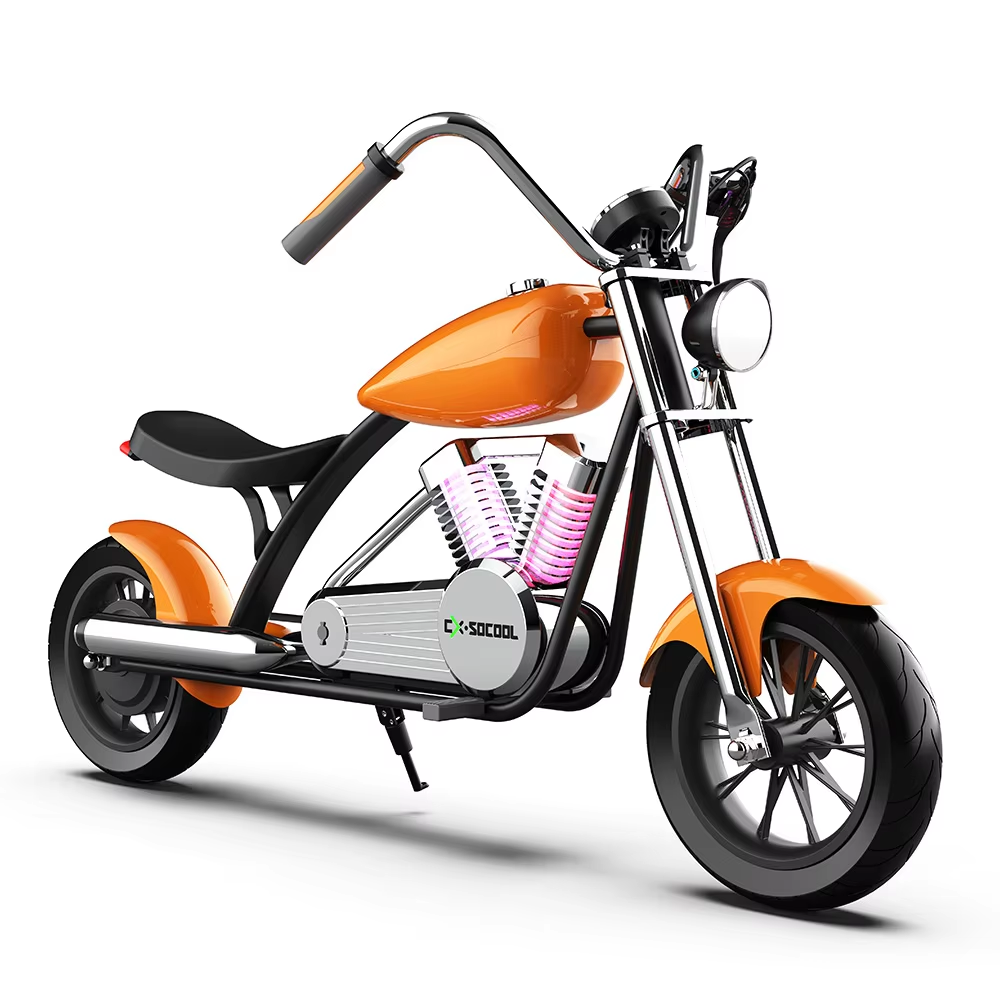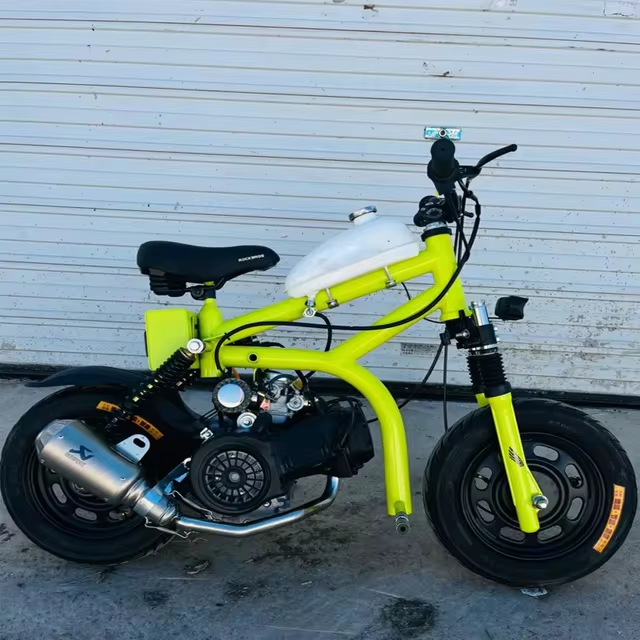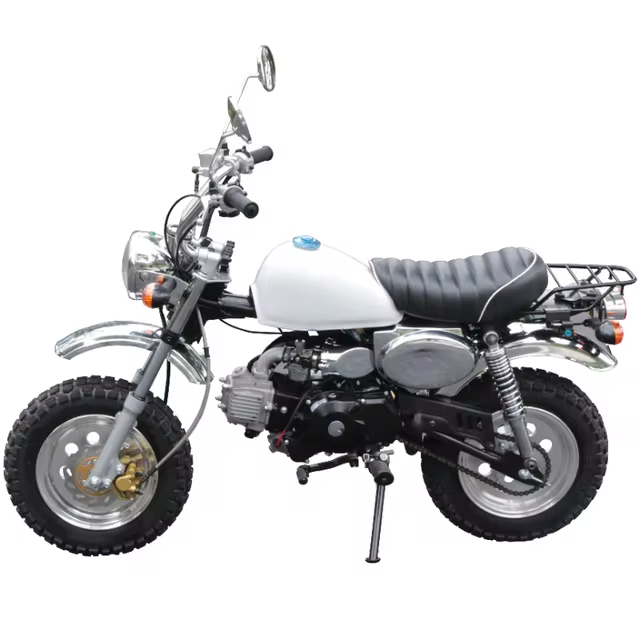Riding a motorcycle can be an exhilarating experience, allowing you to explore the open road with a sense of freedom that few other activities can provide. For beginners, however, the prospect of learning how to ride a motorcycle can seem daunting. The mechanics of riding, understanding safety protocols, and mastering the skills required can be overwhelming. In this article, we will explore how to ride a motorcycle for beginners, offering a comprehensive guide that covers everything from the basic equipment needed to important riding techniques.
Understanding Motorcycle Types
When learning how to ride a motorcycle, it’s important to understand the different types of motorcycles available. Each type serves a different purpose, and depending on your needs and preferences, one may be more suitable for you as a beginner.
Cruiser Motorcycles
Cruiser motorcycles are characterized by their low seat height and relaxed seating position. They typically have larger engines, but their lower power-to-weight ratio makes them easier to handle for new riders. Popular models include the Harley-Davidson Sportster and the Honda Rebel.
Sport Bikes
Sport bikes are designed for speed and agility. They have a forward-leaning seating position and are lightweight, making them nimble. However, they can be more challenging for beginners due to their power and handling characteristics. Examples include the Yamaha YZF-R3 and the Kawasaki Ninja 400.
Touring Motorcycles
Touring motorcycles are designed for long-distance travel, often equipped with features like comfortable seats, large fuel tanks, and ample storage. While they offer added comfort, they tend to be heavier, which can make them difficult for new riders to maneuver at low speeds. The Honda Gold Wing is a classic example of a touring bike.
Dirt Bikes
Dirt bikes are lightweight motorcycles designed for off-road use. They have long suspension travel and knobby tires, making them perfect for rough terrains. While learning on a dirt bike can be beneficial, these motorcycles have different handling characteristics that may not translate to street riding. Popular models include the Yamaha YZ450F and the Honda CRF250F.
Essential Gear for Safety
Before learning how to ride a motorcycle, it’s crucial to invest in the appropriate gear. Wearing the right protective equipment can significantly reduce the risk of injury in case of an accident.
Helmet
A good-quality helmet is the most important piece of safety gear. It should meet the safety standards set by your country and fit snugly without being uncomfortable. Full-face helmets offer the most protection, while half helmets provide the least.
Jacket
A durable motorcycle jacket made of leather or special textile materials is essential for protection against abrasions. Look for jackets equipped with impact-absorbing pads on the elbows, shoulders, and back.
Gloves
Gloves provide grip and protect your hands in the event of a fall. Choose gloves made from durable materials that offer a good range of motion.
Pants
Motorcycle-specific pants or riding gear are designed to protect the lower body. Look for pants with reinforced knee areas and impact protection.
Boots
Sturdy boots are essential for protecting your feet and ankles. Choose footwear that covers your ankles and has oil-resistant soles for good traction.
Basic Motorcycle Controls
Understanding motorcycle controls is key to learning how to ride a motorcycle for beginners. Familiarize yourself with the following essential components:
Throttle
The throttle is typically located on the right handlebar. It controls the motorcycle’s speed by regulating the flow of fuel to the engine. To accelerate, gently twist the throttle toward you.
Brakes
Motorcycles usually have two brakes: the front brake lever on the right handlebar and the rear brake pedal located near your right foot. It’s crucial to apply both brakes simultaneously for effective stopping power.
Clutch
The clutch lever is located on the left handlebar and is used for shifting gears. Pulling the clutch lever disengages the engine from the wheels, allowing you to change gears smoothly.
Gear Shift
The gear shift lever is located on the left side of the motorcycle, typically operated with your left foot. Most motorcycles have a sequential transmission where you press down for lower gears and lift up for higher gears.
Indicators and Headlights
Know how to operate the turn signals (indicators) and headlights. Familiarize yourself with the controls for activating your indicators to signal turns and lane changes.
Learning How to Balance a Motorcycle
One of the most vital skills for beginners is learning how to balance a motorcycle. At low speeds, balance is critical for safe maneuvering. Here are some tips:
Start in a Controlled Environment
Find an empty parking lot or quiet street to practice. This allows you to get accustomed to managing balance without the pressure of traffic.
Feet on the Ground
When stationary, keep your feet flat on the ground. Ensure that you are able to reach the ground comfortably with both feet while seated on the motorcycle.
Practice Slow Riding
Begin your practice sessions by riding at very slow speeds. This allows you to feel the motorcycle’s weight and learn how to control it. Focus on keeping the bike upright as you make small movements with the handlebars.
Use Countersteering
As you gain confidence and increase your speed, practice countersteering. This technique involves pushing the handlebars slightly in the opposite direction of the turn, allowing the motorcycle to lean into the turn naturally.
Gearing Up for Your First Ride
Once you feel comfortable with your balance and controls, it’s time to prepare for your first ride. Here’s what you should do:
Check Your Motorcycle
Before embarking on your ride, perform a thorough pre-ride inspection. Check the tires for proper inflation, inspect the brakes, ensure the lights and signals work, and verify that the fuel level is adequate.
Plan a Simple Route
As a beginner, it’s advisable to choose a simple route with minimal traffic and easy turns. Avoid busy streets or complex intersections until you gain more experience.
Ride with Experienced Friends
If possible, ride with a more experienced motorcyclist on your first few outings. They can provide guidance and support, as well as help you navigate any challenges you may encounter.
Basic Riding Techniques for Beginners
As you start to ride, mastering basic techniques is crucial for your safety and confidence.
Starting the Motorcycle
To start, ensure the motorcycle is in neutral. Turn on the ignition, check that the kill switch is in the “Run” position, and press the start button. Once the engine is running, release the clutch while keeping the bike in neutral until you are ready to ride.
Shifting Gears
To shift from neutral to first gear, pull in the clutch lever, press down on the gear shift, and gently release the clutch while applying throttle. Shift to higher gears by pulling in the clutch and using the gear shift lever appropriately, while maintaining a gradual increase in throttle.
Leaning into Turns
When approaching a turn, reduce your speed and utilize both brakes to slow down before entering the turn. As you lean into the turn, look towards where you want to go. This helps with balance and makes you more likely to follow the desired path through the curve.
Stopping Safely
To stop, begin by applying both brakes evenly. Gradually reduce your speed and downshift to lower gears if necessary. As you come to a complete stop, put your left foot down while keeping the motorcycle upright.
Maintaining Your Motorcycle
Understanding how to properly maintain your motorcycle is key to ensuring safe and reliable operation. Regular maintenance is essential for performance and longevity.
Regular Inspections
Check your motorcycle regularly for any signs of wear or damage. Look at the brakes, tires, lights, and fuel levels. Catching problems early can prevent more serious issues down the road.
Oil Changes
Change the engine oil according to the manufacturer’s guidelines. Regular oil changes ensure that your engine runs smoothly and efficiently, prolonging its lifespan.
Tire Maintenance
Monitor tire pressure and tread depth. Properly inflated tires improve handling and fuel efficiency, while good tread is critical for grip.
Battery Care
Keep the battery terminals clean and check that the battery is charged. If you store your motorcycle for extended periods, consider using a battery maintainer.
 Conclusion: how to ride a motorcycle for beginners
Conclusion: how to ride a motorcycle for beginners
In conclusion, learning how to ride a motorcycle for beginners involves understanding the types of motorcycles available, acquiring the right safety gear, mastering the controls, and practicing essential riding techniques. With patience and practice, you will develop the skills necessary to become a competent and confident rider. Always remember the importance of safety and maintenance, both for your motorcycle and yourself. Embrace the journey ahead, and enjoy the open road!


